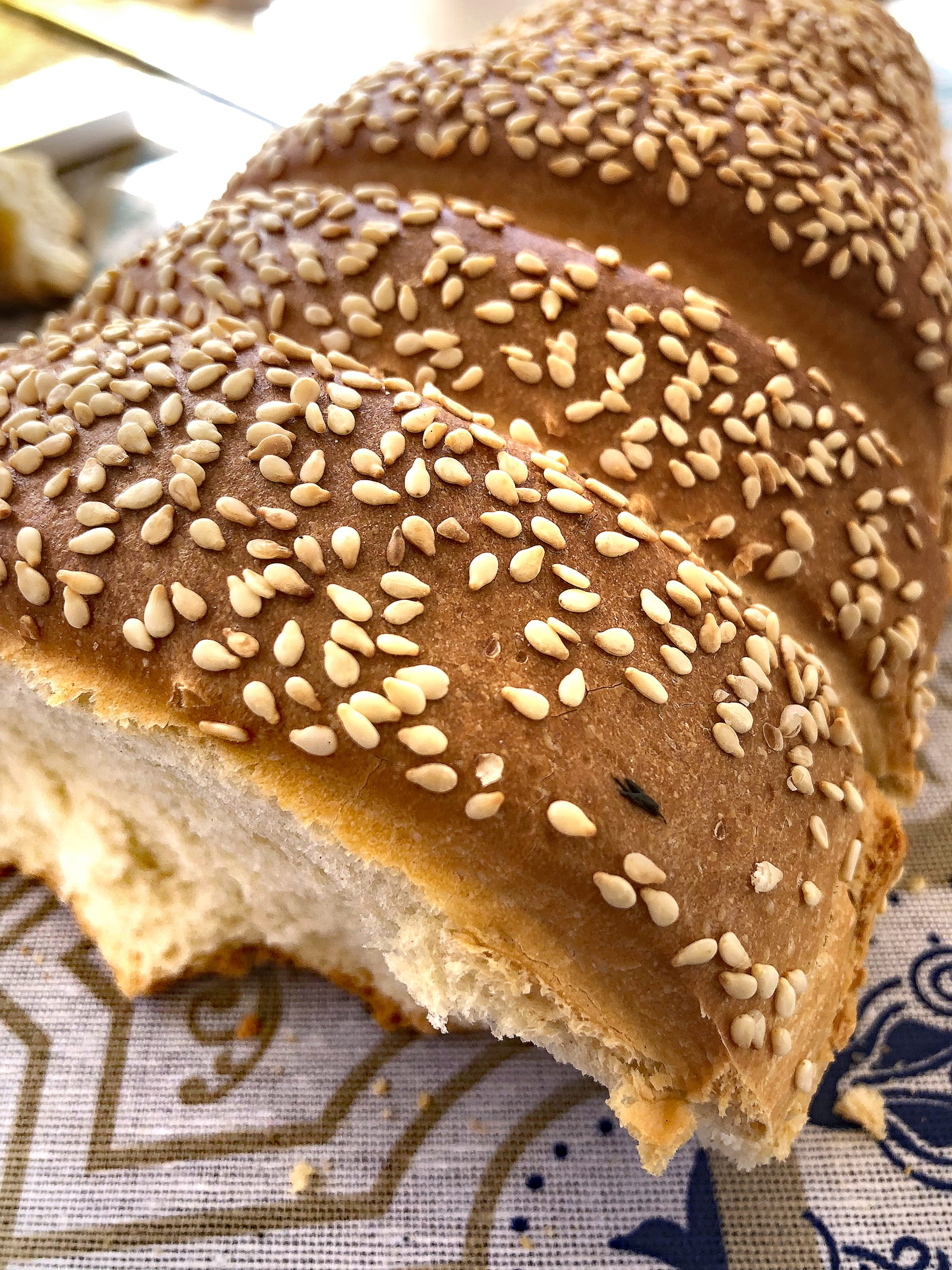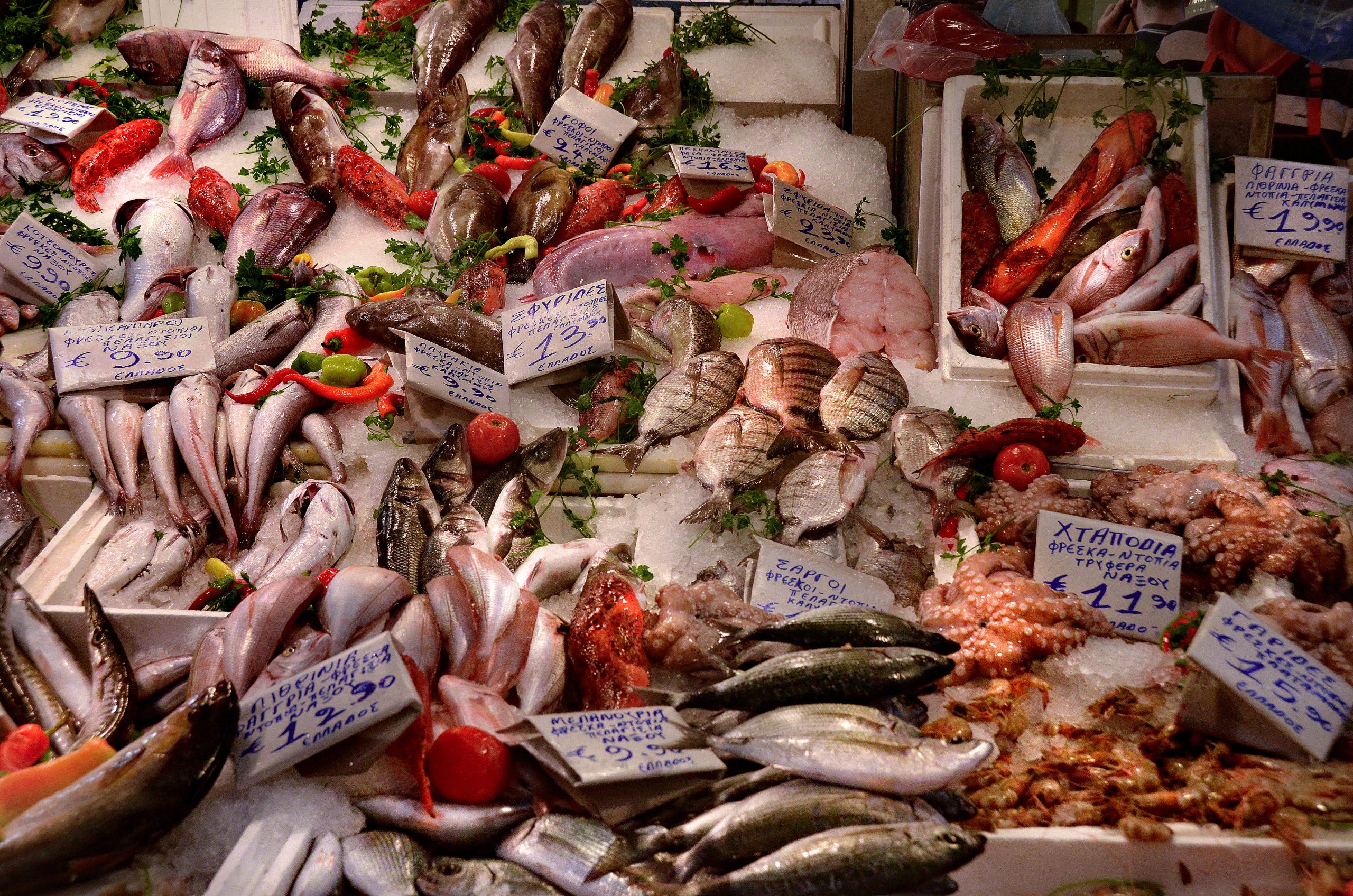Unveiling the Art of Greek Coffee at Kafeneio
From Roasting to Conversation
Ελληνικός καφές και ο Καφενές
Every culture has its own relationship with coffee. Italians race through their morning espresso standing up at the coffee bar, Americans top their bucket-sized to-go drinks with syrups and whipped cream, Austrians make coffee a ritual of consumption, each cup served with a ceremony of China and linen.
For Greeks coffee can last for hours, a cherished sacred time. Their leisurely approach complements the already existing characteristic of Greeks to congregate and talk about life, politics, culture, and their favorite football club. In fact when coffee shops, kafeneiα, were first introduced to Greece during the Ottoman Empire they were often near the barbershop (a place of congregation and discussion that goes back to ancient Greece), marking the kafeneion place as a male preserve. Gathering places can be disruptors–keeping people from their work and leaving space for ideas, argument, and discussion. Some of the Ottoman Empire’s religious leaders tried outlaw coffee, and succeeded in some of Constantinople’s Muslim neighborhoods. Likewise, in England, King Charles II closed the coffeehouses, stating they “have produced very evil and dangerous effects,” a “disturbance of the peace and quiet realm.” In both cases, the outcry was immediate, as was the loss of tax revenue. Ottoman authorities lifted the ban and coffee became a staple throughout the empire.

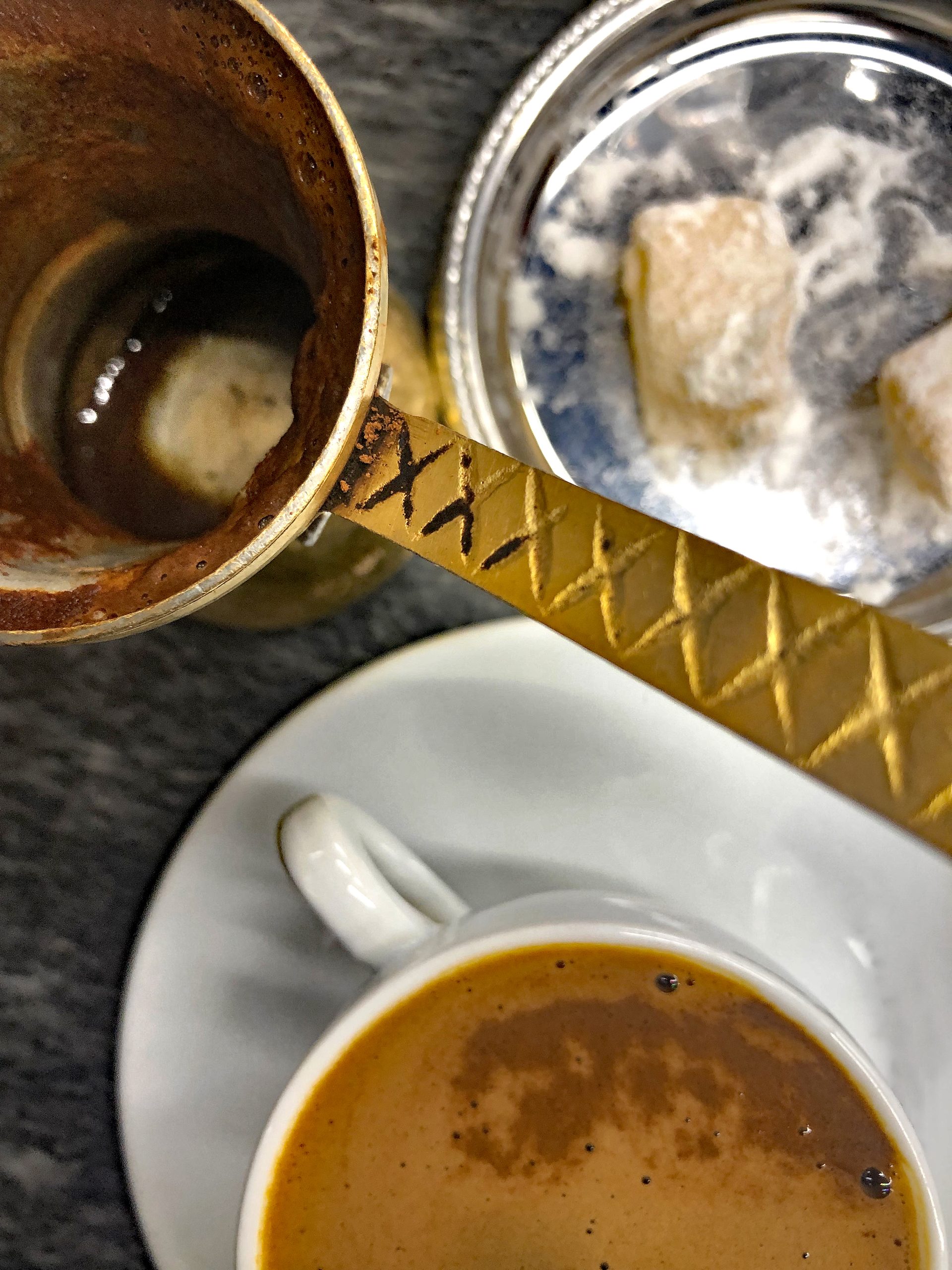
In the summer when I was 13 and living in a colorful working-class neighborhood of west Patra, I felt that I was ready to embark on a paying job. Up to that point I had only helped out at my father’s and uncle’s garage and machine shops. Near my home was a kafeneio and through a friend I found out they needed a helper. I gathered my courage and approached the owner to ask for a job. He hired me on the spot, paying 40 drachmas a day (a bit less than a dollar).
The elderly owner was a coffee master. Well into his 70s, possibly 80s, he was a tranquil and calm personality. Initially, my job was to follow him around and watch him make the coffee. After two weeks of this, I was allowed to approach a long-handled brass briki to make coffee. The Kafeneio had a simple but organized set-up to meet with the rush-hour demand This usually occurred in the morning when everyone were on their way to and from the market. At the first of the month the postman would have the neighborhood elders meet him at the Kafeneion (and the only time women were allowed to enter) to distribute their monthly pensions. It was quite the scene and really captured a world that we’ve long forgotten, where the Postmen with a good amount of money on him would sit down and distribute the money to the local elders; such trust and ease.
In the afternoon (afternoon was considered after 5pm) some would turn to a glass of ouzo that was accompanied with a glass of ice and a small meze of olive, tomato and cucumber. The Kafeneio did not serve ‘frappes’, which he found a perplexing outrage. Frappes, like American ice cream cones, were created at an exposition fair, this one in Thessaloniki in 1957. When the representative from Nescafe couldn’t find hot water for his instant coffee, he shook the granules with ice and cold water. When I was working at the coffee shop, the younger generation wanted to differentiate themselves from their elders (and their peasant backgrounds). Frappes were new, modern, and European; and now they are ubiquitous–available at every cafe, while it’s hard to find a good brewed Greek coffee.
Our kafeneio was no different than thousands of kafeneios throughout Greece. It was a place where men could congregate (by unspoken rule, kafeneios are not for women) a place to go for coffee, conversation and to escape home for a bit. But it was also a bit of a clubhouse. Our kafeneio attracted retirees and from what I could tell, mostly of a more conservative political faction. Other kafeneios attracted people according to social class, age, political affiliation, and even what soccer club they rooted for. I loved observing, watching the interactions of the old-timers. I enjoyed every second of working there and I learned a lot. But I never quite mastered the Greek coffee tray. I’d regularly tip over the cup and ruin the creamy kaïmaki top, the finish that distinguishes a good cup of coffee.
A lot of people lump Greek coffee together Turkish coffee and Arabic coffee. Though they are cousins, made in a similar way, there are distinct differences. The Turks tend to prefer a dark roast, which to me tastes almost burnt. It’s good coffee, but too heavy for my taste. Arabs roast their coffee with cardamom, an acquired taste. Greeks on the other hand roast their coffee lighter–xanthos (blonde), which creates an aromatic flavor in what would otherwise be a heavy coffee.
In the states you can buy classic coffee brands imported from Greece but they fall short in making good quality coffee. Even though they are fading away in Greece occasionally you can find that neighborhood Kafekopteion (coffee roasters) where you can pick up a wonderful bag of freshly ground coffee.
Article Number one
Savoro from the source
Growing up in Greece, one of the best treats was when my mother made Barbounia Savoro. This sweet and sour marinated fish dish has a long history. Classical Greeks marinated fish with acidic ingredients to preserve it, and it’s most often recorded today as the Venetian dish, Sardine en Saor.
The way food techniques travel through trade and conquest, it’s not unreasonable to consider this dish was shared between the Venetians and the peasants of the Ionian islands and coastal regions of Greece. From my admittedly biased view, I believe the dish was picked up by the Venetians as they used the Ionian islands as a stopping point on their Silk Road trade, picking up some Greek savor on the route. The Greek peasants used savoro as a way to preserve fish and it made a common food for laborers in the fields, as it lasted under the intense heat.
My mother made her savoro with fisherman-fresh Red Mullet, in the traditional Peloponnesian way–a red savoro made with tomatoes. For years I thought that this is the way, the only way, to make savoro. But a few years back, I learned otherwise.
I was visiting a small group of islands, in the Ionian Sea just south of Kerkyra. The islands are called the Paxi and are just one more of the many small Greek paradises to be discovered. The main island of Paxos is quiet with a population of just 500 hundred residents. There is one narrow road through the island and it’s often easier to use a boat to get around than driving. The western side has a wilder feel with stony white cliffs that drop into blue water coves and give views of pink sunsets. As a western island, it is very green with pine and olive trees reaching to the beaches.
One evening, in one of the small coastal villages we decided to eat at a restaurant called Cohili (Sea Shell); it looked promising. On the menu I saw that they served savoro and knew I was in the right place. When the plate arrived I was taken aback. This fish was served in a tawny sauce and it had currants in it. This was not the savoro I knew.
I questioned the waiter and told him that I was expecting savoro the “correct” way, in a red sauce. He pointed out that that the savoro I was expecting is the “incorrect” way of making it, and that their method was of course the “correct” one. Not wanting to upset the pleasant company I was with, I kept my anger to myself and decided to taste this not so-called “correct” version.
From the first bite I realized that even though “Incorrect,” the dish was exceptional. The flavors were elegant blended to complement the freshest fish. The currants, initially off-putting, made a perfect balance of sweet and sour.
I made my peace with the waiter and after our meal we walked to the edge of the village to a tiny bar he told us about. We were greeted by the proprietor with a calm and welcoming “Kalispera.” We responded with the same and found a table on the small terrace with the clear water at our feet; even though the sun had long set and it was dark you could see the stones, sands and sea urchins on the bottom.
We sat and noticed as more people entered the bar, they would greet the proprietor with a “Good Evening,” “Buona Sera,” or “Bonsoir” and he always replied, polite yet firm “Kalispera;” his way of welcoming them to Greece.
As the night progressed, the owner and a few friends gathered and started to play music which added to an already wonderful evening. That night, remains one of my fondest memories, where a series of not so significant events, simple actions, and a perfect environment combined to become the closest thing to perfection I’ve experienced.
Including that I discovered there are more ways to cook savoro than just the “correct” way.
In pursuit of good bread: the Traditional Greek Bakery
Another fond childhood memory is the traditional Greek bakery. In the 1970s and 80s it was common in Patras, and across Greece, for each neighborhood to have its own bakery, butcher shop, small market, and kafekopteion (coffee shop and confectionary) and everyone simply used the shops in their own neighborhoods. Each bakery made one style of bread and usually made it well.
As a child, it was my job to go to the bakery and buy the family’s bread, and I was eager to find the best bread I could for our table. Unfortunately, our local bakery made mediocre bread, and I took it upon myself to venture beyond the neighborhood in search of something better. After several weeks of trial and error I finally stumbled on an old decrepit building; inside was one of Patras’s oldest bakeries still baking with its original wood-burning oven.
It was a colorful place, full of characters who were baking and buying the classic round loaves called karveli. The boisterous baker was never happy with his work and seemed to be constantly fighting with his wife or his mother, and on occasion, with his customers. I always arrived at 8:30 sharp when the second batch of bread came out; within 15 minutes it was gone. Soon enough I found myself purchasing bread for a number of my neighbors who realized its quality.
In many things, cooking and life, my reference point is my maternal grandmother. Polixeni baked bread weekly and the loaves took their flavor from her yeasty starter and her backyard oven. They were exquisite. The best way to describe her bread is similar to traditional, close-crumbed Tuscan bread, even though her loaves had a bit of salt. One of the many treats we were accustomed to was bread just out of the oven, sliced and spread with goat butter and a drizzle of honey from the mountainous areas of Kalavryta.
Before every house had an electric oven, neighborhood bakeries would share their ovens with dishes prepared by the women in each household. Bringing a dish to the baker was taken seriously, a moment of pride and competition to show off cooking skills. I remember accompanying my grandmother countless times to the bakery proudly holding a pan of prepared food—stuffed vegetables or a roast of lamb or whatever was seasonal and good. My grandmother was very picky and didn’t allow the baker to add seasoning to her dishes as many other women did. As households added electric ovens, bakeries lost some of their communal importance.
Today I find that bakeries in Greece bake many different types of breads, with none of them being particularly good. If they would focus on making one style of bread and making it well, the quality would certainly improve.
I also find it troublesome that Greek restaurants, whether in Greece or elsewhere, tend to serve pita bread rather than yeasted loaves. Traditionally, pita is saved for gyro shops, wrapped around the grilled spiced meat. Gestures like these create misconceptions of what traditional Greek cuisine is. Of course, making good bread requires skill and a determination to make something of quality, and unfortunately many lack the patience and pashion to pursue that quality. A mentor of mine once told me, you can tell a good restaurant by the bread that they make, and boy do I wish there was better bread out there.
Authentic Stories
savoro from the source
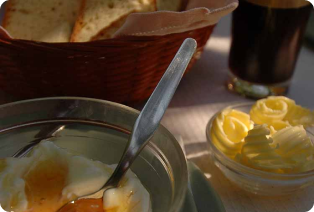
but i must explain to you how all this mistaken idea of denouncing pleasure and praising pain was born and i will give you a complete account of the system, and expound the actual
Greek coffee, kafeneio
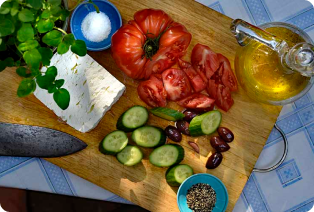
but i must explain to you how all this mistaken idea of denouncing pleasure and praising pain was born and i will give you a complete account of the system, and expound the actual
savoro from the source
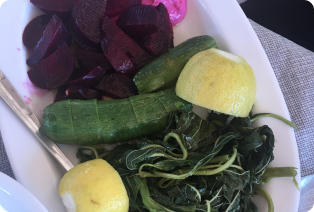
but i must explain to you how all this mistaken idea of denouncing pleasure and praising pain was born and i will give you a complete account of the system, and expound the actual
Greek coffee, kafeneio
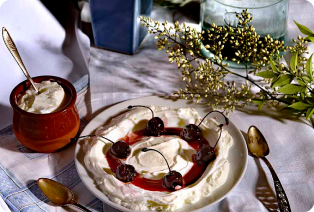
but i must explain to you how all this mistaken idea of denouncing pleasure and praising pain was born and i will give you a complete account of the system, and expound the actual
savoro from the source
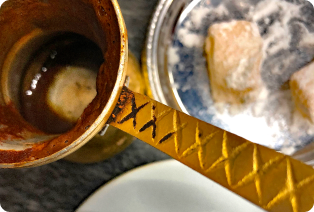
but i must explain to you how all this mistaken idea of denouncing pleasure and praising pain was born and i will give you a complete account of the system, and expound the actual
Greek coffee, kafeneio

but i must explain to you how all this mistaken idea of denouncing pleasure and praising pain was born and i will give you a complete account of the system, and expound the actual
savoro from the source

but i must explain to you how all this mistaken idea of denouncing pleasure and praising pain was born and i will give you a complete account of the system, and expound the actual
Greek coffee, kafeneio

but i must explain to you how all this mistaken idea of denouncing pleasure and praising pain was born and i will give you a complete account of the system, and expound the actual

